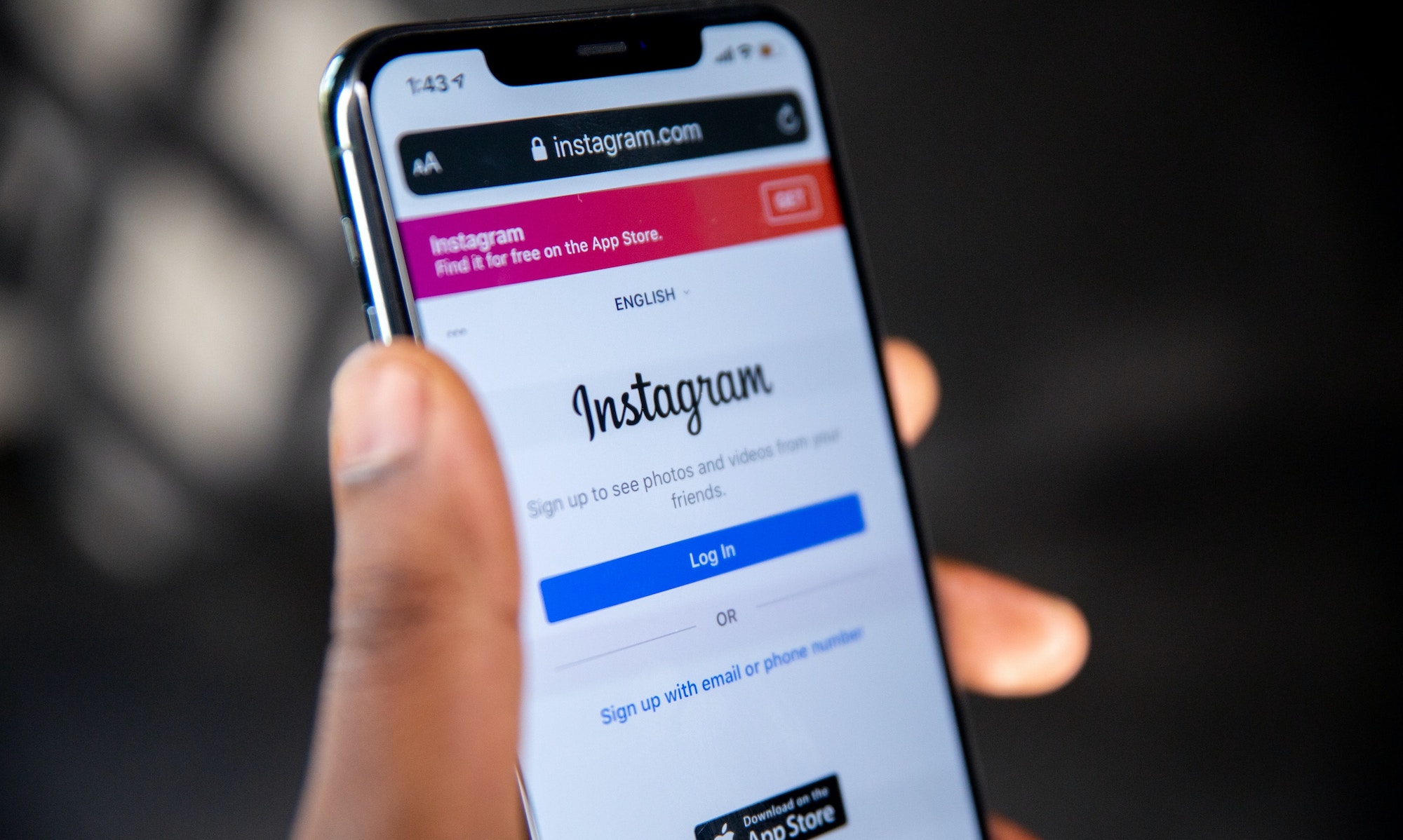Dissecting the deinfluencing trend: Should brands be worried?

In recent weeks, the trending #deinfluencing hashtag garnered millions of views on TikTok. But what is deinfluencing, and do brands need to be worried about it?
Let’s back it up just a second and define what deinfluencing is in the current context (according to the creators and influencers with millions of views):
Instead of sharing what to buy, creators and influencers use their platform to recommend what not to purchase.
You might be thinking, hasn’t this type of content been created already? Yes. At least, that’s the way things are supposed to go.
Honest feedback and reviews should always be the gold standard for the content shared by influencers.
But with incomes, brand partnerships, and social status so dependent on ‘loving’ everything and sharing it with the world, influencing has become more about hyping up trendy brands and products rather than steering followers in a direction they truly believe in.
This is a disservice to brands, influencers, creators, and social media followers.
Over the last few years, the shift into overconsumption and impulse purchases (hi, it’s me. I’m the problem, it’s me) has given power and influencers to content that recommends practically anything.
When did #deinfluencing become a thing?
You’ve probably seen it all over Instagram or TikTok – the #TikTokMadeMeBuyIt or the numerous influencers with LTK accounts sharing anything you could think of from fast fashion stores and big box retailers.
In fact, the cheaper the goods, the more it grabs attention (see: Shien and Amazon, in particular).
Aside from the super quick shipping and access to every dupe of higher-end brands and countless launches from cosmetic brands and collaborations, overconsumption has become a significant problem over the last decade.
Add access to buy now, pay later programs, and filling a shopping cart with the latest impulse purchase is easier than ever. It’s also why younger markets, such as Gen Z, find themselves in debt much earlier than previous generations.
“Besties, I don’t know who needs to hear this, but just because you’re paying for it on Afterpay doesn’t mean you’re not paying for it. Four hundred dollars is still $400, and if you couldn’t afford to pay for it all at once, you probably can’t afford it at all.”
TikToker Madeline White shared this sentiment with her nearly four million followers in 2021. Like many, the appeal of these buy now, pay later programs is that cost is no longer a huge factor in whether or not you buy something.
In an interview with Elle, White shared, “I was broke for my entire early 20s, so when I wanted to buy clothes, I would find it on a site that had Afterpay or Klarna. I couldn’t afford something, but I could afford that small payment. That’s how you get into a sticky situation because when you have several purchases at once, all of a sudden, you have payments that are hundreds or thousands of dollars. It definitely allowed me to make more irresponsible purchases.”
The next catalyst for the #deinfluencing trend has been a growing number of influencers or creators sharing content exciting a product or service (whether through partnerships, collaborations, or reviews), only to raise major questions among followers. Mascara, anyone?
The looming possibility of a recession could be a big reason why this trend gained traction when it did.
Another is a push toward simplification and seeing the effects of overconsumption on the planet and climate. This article highlights the impact of fast fashion (and you can insert several products here, many of which are made using unsustainable materials) amongst the Gen Z demographic.
This market typically buys clothing from brands such as Forever 21, Gap, and H&M. Gen Z also buys more than previous generations and owns hundreds or thousands of dollars worth of garments that never get worn.
The article shares that much of this behavior has been fueled by social media and the culture highlighting never wearing the same thing twice and accepting returning items after impulse purchasing.
To satiate the demand, retailers look toward cheap materials and labor to create clothing that hits on trends as fast as they emerge. Shien, for example, has daily website updates that showcase between 700 and a thousand new pieces daily.
Cazzie David, an Air Mail columnist, writes, “Shien has become social media’s Frankenstein – a fast-fashion outlet whose pace and price range elicit the same reaction as single-use plastics: wear it once and throw it out.”
Isn’t deinfluencing still influencing?
“Declutter your home and then learn to buy less. It will change your life.”
On TikTok, two camps started to form: one focusing on eliminating excess and getting back to basics and another where creators use the deinfluencing trend to share what product not to buy.
Brands took notice and started to get a little worried.
The topic of deinfluencing isn’t one that just touches brands, though. Creators and influencers also need to tread carefully depending on which side of the issue they stand on because there’s more to this trend than meets the TikTok algorithm.
For one, the role of creators and influencers has theoretically been one that shares products they approve of and like with their followers.
Consumers buy goods that influencers convince us we need to have – 44% of Gen Z purchases are made based on recommendations from creators or influencers. In comparison, only 26% of the general population makes a purchase based on recommendations.
After years of influencers sharing every beauty launch or fast-fashion drop, the message to pay attention to is: who do we trust to be honest?
You aren't imagining things if you’ve noticed the same product pop-up page after page. It’s almost like you can tell when an influencer marketing campaign drops because all of a sudden you see everyone talking about it.
Creator @RawBeautyKristi pointed out that taking what influencers say with a grain of salt is important. But she shares that influencers also need to be credible and reliable.
“It’s SO HARD to turn down $$ or say no to brands, but we HAVE TO. It’s our one job to have nothing but integrity and honesty.”
Kahlea Nicole Wade shared her thoughts about the trend with Today:
“It’s having people question who to actually trust. I think a lot of creators in the short-term are really trying to boost their online credibility by saying, ‘Well sure the products that everyone thinks are so great but they’re actually not, you should get this instead.’”
This means influencers are still influencing purchases, but instead of touting the latest trending product to get views or clicks, they are now recommending different products aside from the one making the rounds on every influencer’s page.
Q & A with Thingtesting’s Natalie Sportelli on the Deinfluencing Trend
To get more insight into this trend, I contacted Natalie Sportelli, head of content at Thingtesting, for her take on what this means for creators and brands moving forward.
How can creators move forward with honest reviews if they're concerned about how they might be received on social platforms or with other brands?
Natalie: Creators have to think about who they do business with (brands) and who sustains that business to begin with (their followers).
Trust between creators and their followers is important, and maintaining that relationship is crucial to growing their following and finding new business partners. In that way, there's a lot to gain from honest reviews and understanding the role they play in deepening the level of trust that is so core to their relationship with their followers.
It might feel uncomfortable for creators to be fully transparent about brands they've tried, but that experience will ultimately be more meaningful for their following and make them more valuable partners to brands.
If deinfluencing is about eliminating products you don't 'need,' what are your thoughts about creators recommending dupe or alternative products?
Natalie: What was initially so refreshing about the deinfluencing trend was the fact that the creators were sharing their transparent experiences with products they didn't really need or that didn't work for them.
Their followers were hungry for this information in a landscape where they feel pressure to keep up with trends and buy the latest new things, as recommended by these creators.
When the conversations pivoted to "buy this, not that"-style videos where creators recommended dupes or alternatives, essentially, it went right back to influencing. If deinfluencing, at its core, is about eliminating products you don't need, you really can't, at the same time, offer replacements or other things to buy.
How should consumers look at what influencers are sharing moving forward? Given that so many now have lost faith in the process (understanding a lot of influencers/creators take on partnerships for monetary compensation rather than being selective)?
Natalie: Consumers should continue to view product recommendations online and on TikTok with a critical lens, research, and read reviews on other platforms (like Thingtesting, for example).
Getting a feel for various consumer experiences with brands can equip you with more knowledge as you make your own, more informed purchase decision versus relying on individual influencers.











.jpeg)









.jpg)
.jpg)
.jpg)
.png)



.png)






















































.jpg)


























